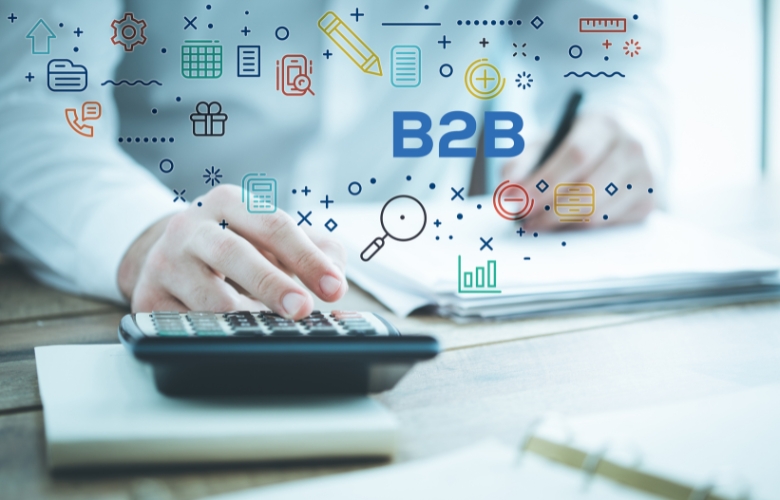As B2B companies, we know our customers are more complex than B2C consumers. Their purchasing process is different, and they have different needs. However, how do we cater to these diverse customers? How do we reach them at each stage of their journey and engage with them in ways that will make them want to buy from us again? The answer lies in eCommerce technology. In this post, we’ll outline the B2B buying process steps of the B2B customer buying cycle and share tips on using technology to improve each step for your customers.
Awareness: The moment they know they have a problem, need, or desire
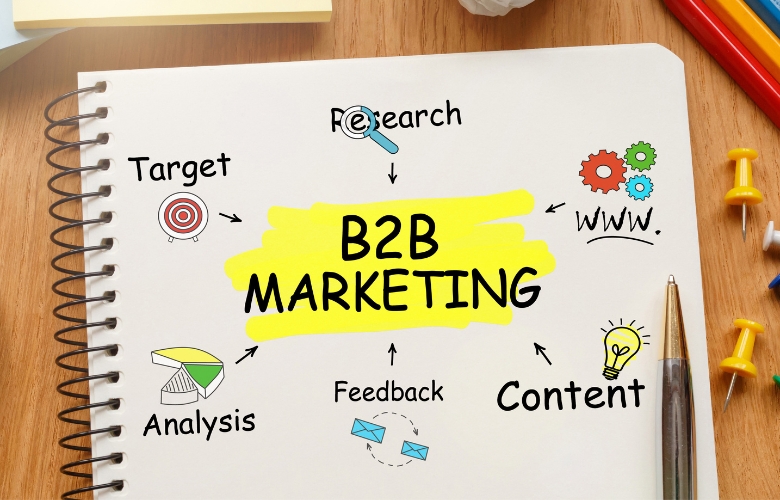
A problem, need, desire or external event serves as a stimulus for awareness, the first step in the B2B purchasing process. This awareness may be developed through numerous methods, like advertising, both online and offline, which aids firms in expanding their market reach and building brand recognition. Another effective strategy is word-of-mouth marketing, as peer suggestions and endorsements have a big impact on people’s awareness of and opinions about a company.
By actively engaging potential consumers and assisting them in identifying their problems or wants, salespeople and customer care agents can play a critical role in raising awareness. They are able to direct firms towards the best solutions and spread awareness of the available choices thanks to their experience and knowledge.
Social media influencers have become powerful characters that may raise awareness among their followers in the current digital era. Influencers can create a buzz and pique the interest of companies looking for solutions by disseminating information and suggestions about goods or services they personally support.
Businesses can improve awareness among potential customers, grab their attention, and start them on the path through the B2B buying process by utilizing these distinct triggers.
Research: When they begin to gather information on the product or service they need

Customers conduct a thorough investigation to acquire data and assess the possibilities during the research phase of the business-to-business buying process. Customers use search engines to find pertinent information about goods or services, which is one of the main approaches. For information, to compare features, and to read reviews or testimonials, they delve into websites, blogs, forums, and social media platforms.
Customers may look for expert advice from industry influencers, consultants, or thought leaders in addition to conducting online research. Customers can better grasp how these solutions match their own needs and objectives by consulting these experts, who give insightful analyses, recommendations, and insights on a range of goods and services.
A customer’s network of friends, family, and coworkers who have firsthand knowledge of comparable goods or services is another important resource. They look for recommendations and first-hand accounts because they value the insight of individuals they know and respect.
Customers can choose a product or service with confidence by taking into account all the available data and insights. They are equipped to evaluate various offerings and determine whether they are appropriate for resolving their particular problems or demands thanks to the extensive research phase.
Consideration: Deciding which specific products or services will meet their needs

Imagine yourself in the market for a new vehicle and visiting a dealership to learn more about your possibilities. A helpful salesperson comes up to you as you’re looking around the showroom. In order to make an informed choice, you enquire about the features offered by various car models. Without encouraging you to buy a specific automobile, the salesman shares insightful information with you and even makes fuel-efficiency recommendations based on how you drive. Ultimately, it’s up to you to decide between a sedan and an SUV. Transmission: manual or automatic?
There is a comparable stage known as the “consideration phase” in the B2B purchasing process. It is more important to identify the broad category of items that best fits your needs and requirements at this point than it is to choose a specific product or service. It involves comparing several possibilities and taking into account elements like functionality, compatibility, cost, and long-term gains. This step is critical in helping you eliminate options and find the best course of action.
Just as you examine the advantages and disadvantages of various car models, B2B buyers carefully consider numerous offerings and compare them to their own business requirements. They are able to choose the type of goods or services that will best solve their problems and produce the intended results thanks to this careful consideration. During the consideration stage of the B2B buying process, firms can get closer to making an informed decision by carefully evaluating the possibilities and weighing the important factors.
Selection: Choosing the right vendor

The next step in the B2B purchasing process involves selecting the best vendor to do business with once you have reduced your alternatives during the consideration phase. To guarantee successful cooperation, selecting a recognized and trustworthy provider is crucial. Before making a decision at this point, it is essential to weigh several considerations.
Understanding the company’s objectives is crucial in the first place. Establishing a partnership that benefits both parties requires that their goals be in line with your own company’s requirements. To make sure that their vision, beliefs, and general business strategy align with your own goals, do this by reviewing them.
Another crucial factor in selecting a vendor is price comparison. Making educated judgments based on your budget and other financial factors is possible when you evaluate the pricing policies of various industry vendors. To determine how competitively priced each vendor is, it is advisable to acquire quotations or bids from several of them.
Watch out for any unique discounts or free trials that vendors might provide. To prevent any misunderstandings or unpleasant surprises in the future, it is crucial to comprehend the terms and restrictions linked to these offers. Spend some time analyzing these offerings’ worth and viability in light of your unique needs.
You may decide which vendor best meets your demands by taking into account these crucial inquiries and assessing them based on their objectives, pricing, and any special offers. By doing this, you can build a solid and dependable business relationship.
Purchase: The act of purchasing itself
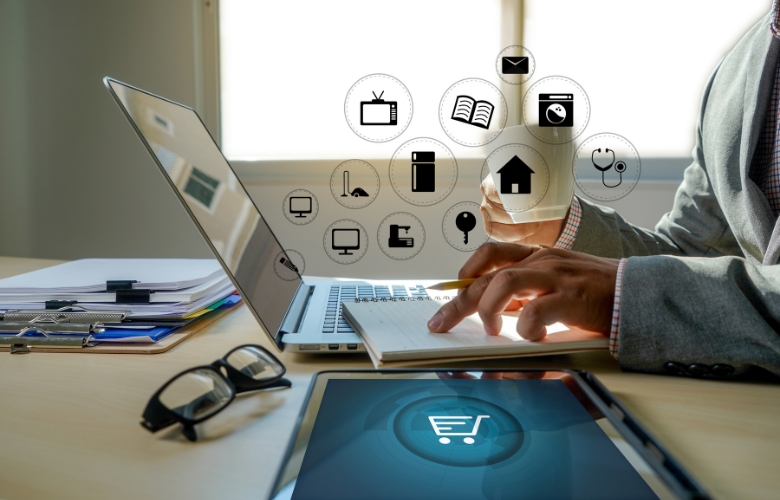
The B2B buying journey ends with the purchase process, at which point the potential customer is prepared to decide and seal the deal. For the relationship to be cemented and the possibility of future business to develop, it is essential to ensure a seamless and good experience during this phase.
Effectively explaining the value of your service is one of the main components of navigating the acquisition process. This entails outlining prices, offers, and promotions in a manner that is consistent with the needs and expectations of the prospect. Pricing that is open and competitive promotes trust and shows customers the value they will get from using your goods or services. It can also be effective to persuade them by providing incentives or discounts.
The process of purchasing is greatly influenced by responsiveness and superior customer service. The overall experience may be significantly improved by being promptly available to address any issues, respond to inquiries, and offer support. It strengthens your dedication to customer satisfaction and fosters trust and loyalty to respond promptly to queries and address problems in a timely and professional manner.
You can make sure that the buying process is simple by clearly expressing value through pricing and promotions and providing excellent customer service. By increasing client satisfaction and the possibility of repeat business and recommendations, this great experience ultimately contributes to the long-term success of your B2B firm.
Review and Repeat:
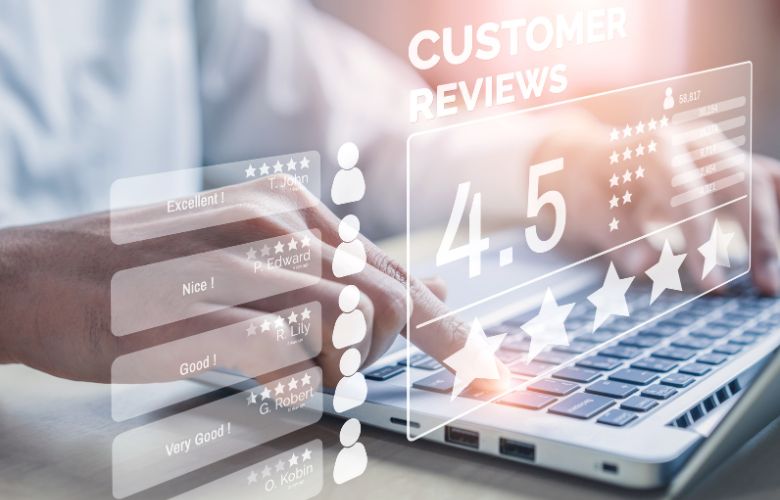
The final step in the B2B purchasing process is the review and repeat phase, during which clients assess their interaction with the vendor and decide whether or not they will continue doing business with them. They judge whether the good or service satisfied their needs, was simple to use, and was worthwhile. Long-term loyalty and recurring business are influenced by positive experiences and meeting client expectations. Vendors may cultivate favourable evaluations and promote recurring business by concentrating on producing high-quality items, offering first-rate customer assistance, and clearly explaining the value they offer.
Customers consider how they felt generally about the product or service throughout the review and repeat phase. When determining if their needs were met and their level of satisfaction, they take into account elements like functionality, quality, and performance. Additionally, crucial factors to take into account are the simplicity of usage and the quality of the vendor’s support. Customers also assess if the benefits they obtained outweighed the cost and the value proposition. For clients to decide to keep doing business with the vendor, a successful outcome and perceived value are important factors.
Vendors must put the interests of their customers first and regularly fulfill their commitments if they want to guarantee a favourable review and promote repeat business. This entails supplying quick and courteous customer service, upholding product quality, and clearly outlining the benefits of their services. Vendors can promote client loyalty and raise the possibility of repeat business by exceeding customer expectations and developing strong connections, ultimately leading to long-term success in the B2B market.
How B2B companies can use technology to improve the buying process
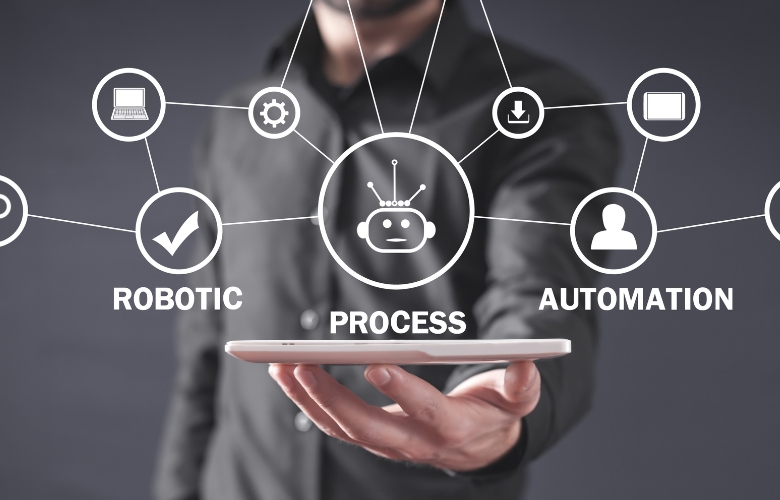
- Use technology to improve the customer experience. The customer journey is not just about the buying process. It’s also about how well you can create an online presence and maintain a strong brand throughout that journey.
- Use technology to improve sales processes, including lead generation and marketing automation platforms that can automate tasks like email drip campaigns or social media ads based on a prospect’s engagement with your website or other channels.
- Use technology to better understand what customers want from your product/service offering by gathering data on user behaviour across various touch points in their buying journey, whether that’s browsing products on your website or engaging with content in social media channels such as Facebook Ads or Google AdWords (which uses machine learning algorithms for ad targeting). This helps priorities development features so that they’re based on actual needs rather than assumptions about what people might want from you down the road (which may be wrong.).
B2B customers are much more complex than B2C consumers.
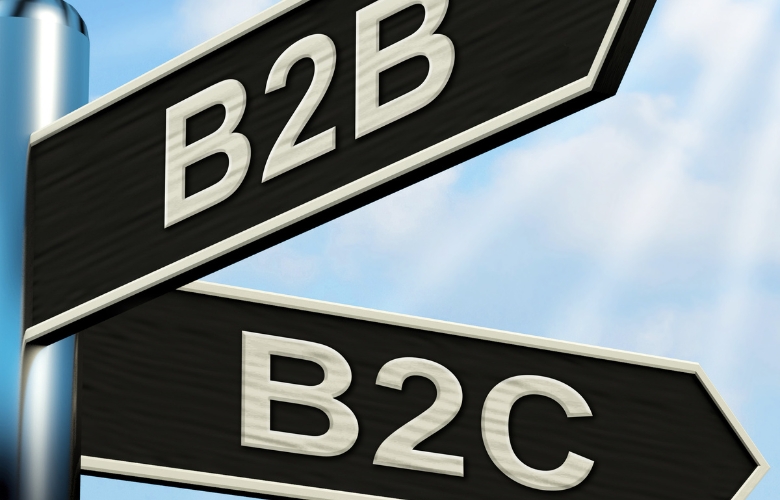
B2B customers are much more complex than B2C consumers, with a longer buying process and a greater propensity to research and compare products before making a purchase. This means that they have different expectations from the shopping experience.
B2B shoppers expect a personalised experience where they can access all relevant information about the people behind the business and what makes it tick. They want to understand how your products or services will help them achieve their goals and how you differ from your competitors.
You need to be able to provide this at every stage of the journey—from discovery through self-service tools like product configurators or interactive demos until after purchase, where support staff can guide them down each step of their journey for them to get maximum value out of their investment.
In Summary
B2B customers are much more complex than B2C consumers, and they have different expectations at every step of the buying process. Nonetheless, by understanding how they think and what they want, you can deliver a better experience. A detailed roadmap is essential for any B2B company trying to improve its marketing strategy. You can identify growth opportunities by mapping out where your customers are at each stage of their buying process.

